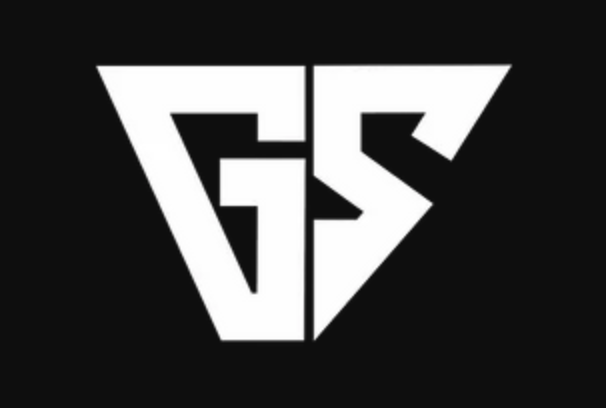methods of training - split variation
Using this guide, feel free to have a read and look at what we suggest as a basic blueprint for structuring your workouts….
Full Body Sessions
Prioritise the larger compound moves at the beginning of the workout as this is going to allow for maximal effort into these moves
Supplement the sessions with isolation movements once compound lifts have been performed to your maximum effort
Plan a 1-2 rest days after each training session to allow for recovery of full body
Advantages
Good for beginners to develop overall body strength to then progress to more developed training plans
Useful for people who have a very busy schedule and can only train 2-3 days a week
Disadvantages
Can become long sessions due to amount of exercises to fit in
Full body fatigue can build quickly if given maximum effort therefore more rest/recovery will be needed
Not suitable for more advanced training where the focus is develop certain areas of physique
Upper Lower Body Sessions
lots of people will bypass the full body split and jump right to an upper lower split. I can imagine this is because full body sessions are long, and potentially not as fun when starting out… I know I have never run a full- body split myself.
A key element to training is just simply being excited to train! So if a full-body split doesn’t tickle your fancy and upper lower split indeed will still be great for a beginner !
Allow a 1-2 days rest after performing Upper & lower sessions on consecutive days
Disadvantages
sSessions can often take a while to complete,
Upper sessions may not allow for maximal exertion in some exercises if they are placed later on in the session.
Advantages:
Allows for higher frequency training,
can be made to accommodate a busy schedule by allocating set days,
allows for scope for slight volume escalation
Push Pull Legs
Push pull legs is arguably the most popular method of training split right now, for many reasons we will touch upon in the benefits and cons section.
Programming push pull legs can offer a lot of flexibility
Lends its self to 4-5 day splits very well.
Great way trainers looking to develop weaker areas of their physique as you essentially have 1-2 sessions available in the weak to retarget a weaker muscle group(s)
Not suitable for beginners starting out their training journey
Allow 1-2 days rest if you have performed sessions on consecutive days
Disadvantages
Sessions can become long as you’re training 2-3 muscles group per session
Fatigue may set in towards the back end of your sessions therefore clever planning needs to be in place in order to make sure no muscle group is left behind on your session
Advantages
There is plenty of room to manipulate and change this to fit your lifestyle
Can add more rest days in order to accommodate for potential drop in recovery capabilities in line with increase in strength.
Perfect for bringing up lagging areas in physique if programmed correctly
The 4 Day Split
This is typically known as: Chest and biceps or triceps, back, shoulders and triceps or biceps and legs.
This can be programmed in various on off days to suit your recovery, we will go into this in more detail on the programming a 4 day split article.
Disadvantages
If you start training with body part frequency being 1x a week prematurely you could be missing out on physique progression
Split doesn’t allow focus on weaker body parts due to programme layout compared to other variations like push/pull/legs
Advantages
Can be done on a set day split so you know exactly when and what day you’ll be training certain body parts.
Allows for 7 days rest between each body part which is great if you get to the point strength is hindering recovery.
This can be the progression once you feel like PPL has been maxed out.
Single Body Part (Isolation 5-6 day split)
This split is/was popular amongst advanced lifters … the week would be split to single body parts allowing greater focus on each individual muscle group. Professional bodybuilders have run this, however like stated in the “how to create a training programme blog” its for more advanced lifters, and personally we feel theres better ways to programme (even for advanced lifters), however, many will disagree.
Disadvantages
Most people simply do not need to do this split. It may feel good and be nice and easy but most gym goers will fall into the upper/lower or ppl category
Even for advanced lifters our feeling is that they are still better variations to be utilised.
Advantages
Due to the amount of exercises for one individual body part the pump will often be off the charts compared to other splits (for the specific muscle group worked)
As advanced will already have built a significant amount of muscle tissue and strength along with reaching a high level of bodybuilding where they will not risk injury this isolation split will allow to work in a higher rep range and be more volume focussed
We look forward to continuing to bring you more content for our training guides & knowledge base, as always any questions, comments or things you like to discuss, topics you would like us to cover just drop a line to the article and we will reply 😀


